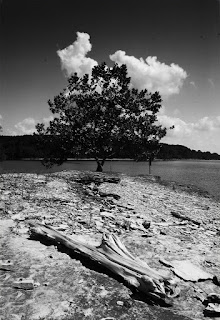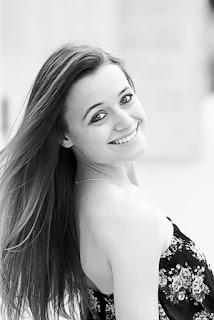aboard Friendship 7 becoming the first American to orbit the earth (after two previous sub-orbital flights by Shepard and Grissom). Not quite 10 years old at the time, I was like so many other kids of the day, captivated by the early days of the space race. The idea that someone could be hurled over 100 miles high and fast enough to fly around the earth in less than 90 minutes was straight out of Buck Rogers. But, it wasn't science fiction, it was science on the cutting edge and it paved the way for future success.
John Glenn, along with the other original 7 astronauts became household names. Alan Shepard, Gus Grissom, John Glenn, Scott Carpenter, Wally Schirra, Gordo Cooper, and Deke Slayton, I've never forgotten their names nor their exploits. Only 6 of the 7 actually flew those initial Project Mercury flights, Deke Slayton developed an irregular heart beat and was grounded, but later officially became Chief of the Astronauts. (He eventually did get to fly aboard the Apollo / Soyuz project).
When John Glenn passed away on December 9th this year, the last of the original 7 astronauts left us for his final flight home. Oddly enough, I was saddened when I heard about his passing. Seemed like a part of me died at the same time. So much of my youthful years was spent following the space program, it was almost like I lived it with them. In some ways I did, like the rest of us baby boomers who grew up during that era. I still have a strong interest in science even today and it was greatly influenced by watching those early flights play out live in front of us on those flickering old black and white television sets.
Today, I discovered and watched a three part documentary (Friendship 7: Full Mission) about John Glenn's flight. This documentary which runs almost 5 hours follows the entire flight from pre-launch to launch, thru all three orbits, re-entry and splashdown. Every radio transmission, file film footage, the entire flight replayed from beginning to end. As I watched the program I became that 9 year old captivated boy again. The legend that was John Glenn transported me back to those early days of exploring the unknown. I relived the moment when it appeared the heatshield on his Mercury capsule might have come loose prematurely. It was a real danger, yet he followed through with cool abandon. I watched as he had to take control of his craft when the automatic stablizing system malfunctioned. I cheered and shouted an 'atta-boy' when he walked across the deck of his recovery ship. I remember those days like they were yesterday. I long to experience such emotions again.
Sometimes I wish this country would once again initiate another grand adventure such as Projects Mercury, Gemini, and Apollo. Even in the tumultous times of the 1960's, not unlike what we are experiencing today, the space program served to united us like nothing else could. As a nation we need another moment in time when we can once again be uplifted by the spirit of adventure. If I could ask the next president one question, I would ask him, "Is there a grand adventure left for this country to achieve, one where all Americans and indeed the world can benefit, and what must we do to achieve it?"



















































